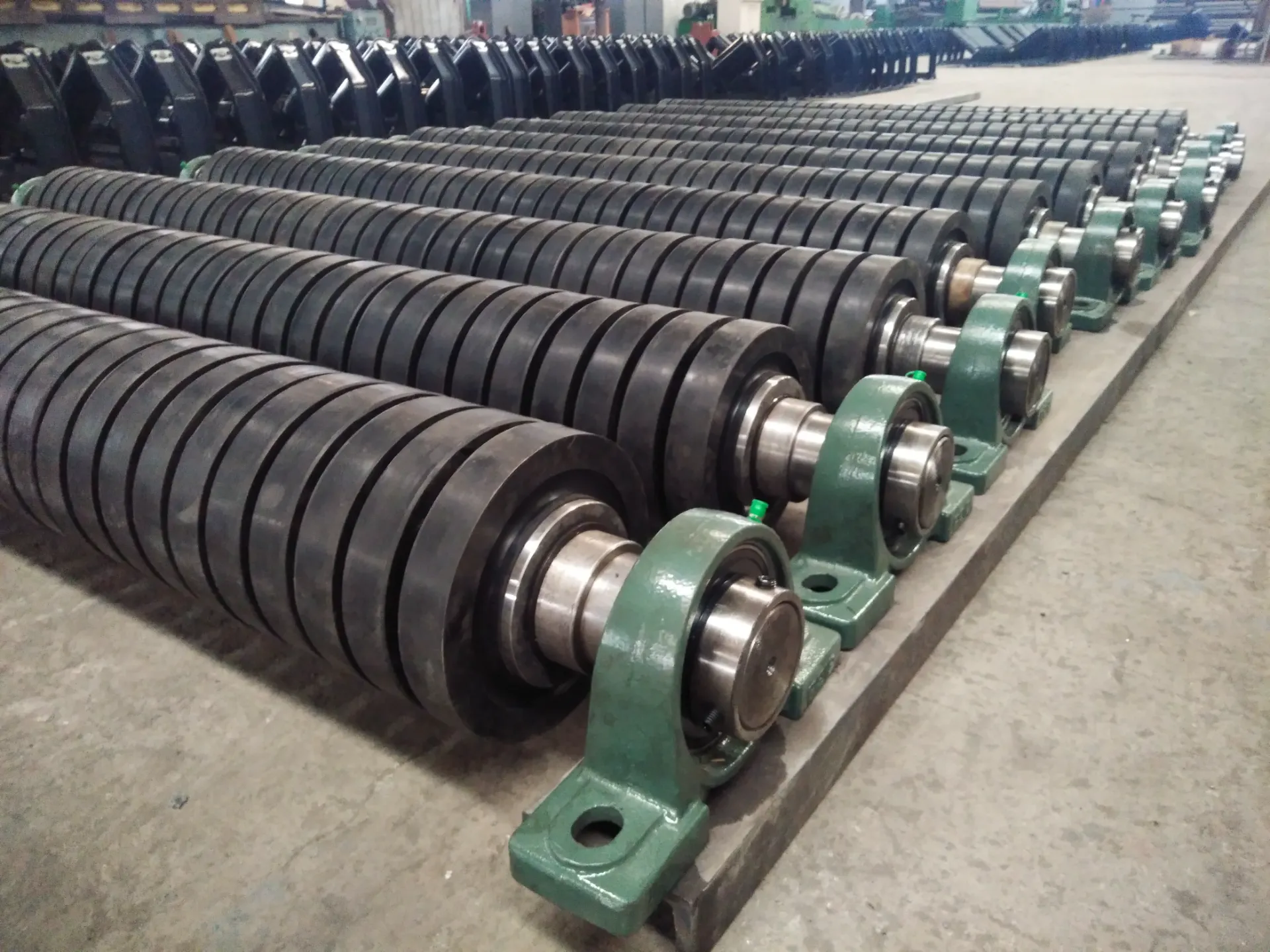 Afrikaans
Afrikaans  Albanian
Albanian  Amharic
Amharic  Arabic
Arabic  Armenian
Armenian  Azerbaijani
Azerbaijani  Basque
Basque  Belarusian
Belarusian  Bengali
Bengali  Bosnian
Bosnian  Bulgarian
Bulgarian  Catalan
Catalan  Cebuano
Cebuano  Corsican
Corsican  Croatian
Croatian  Czech
Czech  Danish
Danish  Dutch
Dutch  English
English  Esperanto
Esperanto  Estonian
Estonian  Finnish
Finnish  French
French  Frisian
Frisian  Galician
Galician  Georgian
Georgian  German
German  Greek
Greek  Gujarati
Gujarati  Haitian Creole
Haitian Creole  hausa
hausa  hawaiian
hawaiian  Hebrew
Hebrew  Hindi
Hindi  Miao
Miao  Hungarian
Hungarian  Icelandic
Icelandic  igbo
igbo  Indonesian
Indonesian  irish
irish  Italian
Italian  Japanese
Japanese  Javanese
Javanese  Kannada
Kannada  kazakh
kazakh  Khmer
Khmer  Rwandese
Rwandese  Korean
Korean  Kurdish
Kurdish  Kyrgyz
Kyrgyz  Lao
Lao  Latin
Latin  Latvian
Latvian  Lithuanian
Lithuanian  Luxembourgish
Luxembourgish  Macedonian
Macedonian  Malgashi
Malgashi  Malay
Malay  Malayalam
Malayalam  Maltese
Maltese  Maori
Maori  Marathi
Marathi  Mongolian
Mongolian  Myanmar
Myanmar  Nepali
Nepali  Norwegian
Norwegian  Norwegian
Norwegian  Occitan
Occitan  Pashto
Pashto  Persian
Persian  Polish
Polish  Portuguese
Portuguese  Punjabi
Punjabi  Romanian
Romanian  Russian
Russian  Samoan
Samoan  Scottish Gaelic
Scottish Gaelic  Serbian
Serbian  Sesotho
Sesotho  Shona
Shona  Sindhi
Sindhi  Sinhala
Sinhala  Slovak
Slovak  Slovenian
Slovenian  Somali
Somali  Spanish
Spanish  Sundanese
Sundanese  Swahili
Swahili  Swedish
Swedish  Tagalog
Tagalog  Tajik
Tajik  Tamil
Tamil  Tatar
Tatar  Telugu
Telugu  Thai
Thai  Turkish
Turkish  Turkmen
Turkmen  Ukrainian
Ukrainian  Urdu
Urdu  Uighur
Uighur  Uzbek
Uzbek  Vietnamese
Vietnamese  Welsh
Welsh  Bantu
Bantu  Yiddish
Yiddish  Yoruba
Yoruba  Zulu
Zulu Troughing Rollers for Efficient Conveyor Belt System Design and Performance
Understanding Conveyor Troughing Rollers Key Components in Material Handling
Conveyor systems play a crucial role in various industries, including mining, manufacturing, and logistics, as they streamline the movement of materials from one location to another. Among the essential components of these conveyor systems are troughing rollers. This article delves into the significance, design, and applications of conveyor troughing rollers in material handling.
Definition and Function
Troughing rollers are specialized rollers that are designed to hold a conveyor belt in a trough-like shape. This design helps to effectively contain the materials being transported, preventing spillage and ensuring a consistent flow. The troughing profile consists of three rollers the center roller is positioned higher than the two side rollers, creating a V-shaped channel that cradles the belt and supports the conveyed materials.
The primary function of troughing rollers is to provide support and guidance to the conveyor belt under varying loads and conditions. By maintaining the belt's shape, these rollers reduce the risk of material slippage, enhance operational efficiency, and extend the lifespan of the belt.
Design and Material
The design of troughing rollers is critical for their effectiveness and longevity. They are typically made from durable materials such as steel, rubber, or plastic, depending on the application and the environment in which they will be used. Steel rollers are favored for their strength and resistance to wear in heavy-duty applications, while rubber and plastic rollers may be used in more sensitive environments to minimize noise and reduce friction.
The size and configuration of troughing rollers can vary widely based on the specific needs of a conveyor system. Width, diameter, and spacing are customizable to accommodate different levels of load and speed. Additionally, troughing angles generally range from 20 to 45 degrees, optimized to balance the need for carrying capacity and stability.
Applications in Various Industries
conveyor troughing rollers

Troughing rollers are prevalent in numerous industries. In mining, for instance, they are instrumental in moving bulk materials like coal, ore, and minerals. The rugged conditions of mining operations demand reliable equipment; therefore, troughing rollers are engineered to withstand extreme wear from abrasive materials.
In manufacturing and distribution centers, these rollers help transport products along assembly lines and to shipping areas. The ability to handle various shapes and sizes of products, while minimizing the risk of damage, makes troughing rollers particularly valuable in these settings.
Furthermore, the agricultural sector benefits from troughing rollers as they transport grain and other agricultural products from processing facilities to storage or transportation systems. Their robust design ensures that even in high-volume operations, the integrity of both the product and the conveyor belt is maintained.
Maintenance and Challenges
While troughing rollers are designed for durability, regular maintenance is critical to ensure optimal performance. Dust, debris, and material buildup can lead to malfunctions, uneven wear, or failure. Routine inspections should focus on checking for signs of wear and tear, misalignment, and the condition of bearings. Implementing preventive maintenance practices can significantly prolong the lifespan of the rollers and the conveyor system as a whole.
One of the challenges faced by troughing rollers is the accumulation of material on the rollers themselves, which can impede movement and increase wear. Solutions such as installing skirting strips or using cleaning devices can help mitigate these issues and keep the rollers functioning effectively.
Conclusion
In conclusion, conveyor troughing rollers are indispensable components of effective material handling systems across various industries. Their design allows for efficient material containment during transportation while contributing to the overall reliability of conveyor operations. Understanding their function, design, and proper maintenance can lead to improved operational efficiency and reduced downtime, making them a vital asset in modern industrial applications. As technology advances, we can expect innovations in roller design and materials that will further enhance the performance of conveyor systems and the industries they serve.
-
Revolutionizing Conveyor Reliability with Advanced Rubber Lagging PulleysNewsJul.22,2025
-
Powering Precision and Durability with Expert Manufacturers of Conveyor ComponentsNewsJul.22,2025
-
Optimizing Conveyor Systems with Advanced Conveyor AccessoriesNewsJul.22,2025
-
Maximize Conveyor Efficiency with Quality Conveyor Idler PulleysNewsJul.22,2025
-
Future-Proof Your Conveyor System with High-Performance Polyurethane RollerNewsJul.22,2025
-
Driving Efficiency Forward with Quality Idlers and RollersNewsJul.22,2025





























